Thought leadership
Sponsored by NIRA Dynamics
Digital magic or where the rubber meets the road
An emergency drill onboard AIDAsol cruise ship in 2019. Image: MikhailBerkut / Shutterstock.com
Quite literally, where the rubber meets the road is a critical spot for safe mobility. But by smart sensor fusion and cloud-based connectivity services, there is huge potential to increase safety without adding expensive, error-prone hardware to tomorrow’s vehicles.
Let us consider a typical vehicle user in the mobility landscape of tomorrow.
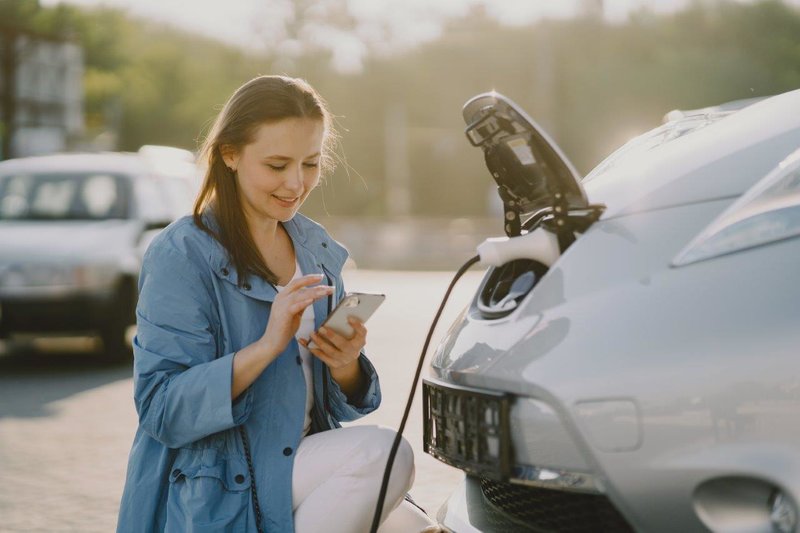
Tire Pressure
Before starting her journey, our driver will of course check the tire pressure on all four wheels. Or will she? Most car owners fail to do this.

Correct tire pressure is not only a matter of lower fuel consumption and CO2 emission, but also important for personal safety. For these reasons, tire pressure monitoring is already a legal requirement in the US, the EU and China just to name the three largest markets. Future mobility scenarios, with ridesharing and ADAS, make it even more important to assist the vehicle user as well as the fleet owner with low-pressure warnings.
Indirect TPMS without hardware parts and with unlimited lifetime have some undeniable economical and environmental advantages and NIRA Dynamics is world market leader in iTPMS systems. Tire Pressure Indicator (TPI) has been activated in more than 70 million vehicles all around the world complying with all TPMS legislations worldwide.
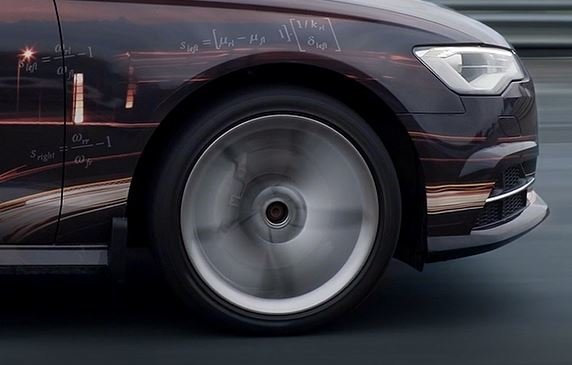
Tire grip
Imagine our driver riding happily along the highway, keeping one eye on the road but mostly preoccupied with the latest events on her mobile phone. The driver assistance is keeping the driver feeling safe, but what happens when she takes off to a smaller side road and suddenly entering a corner shaded by some trees?
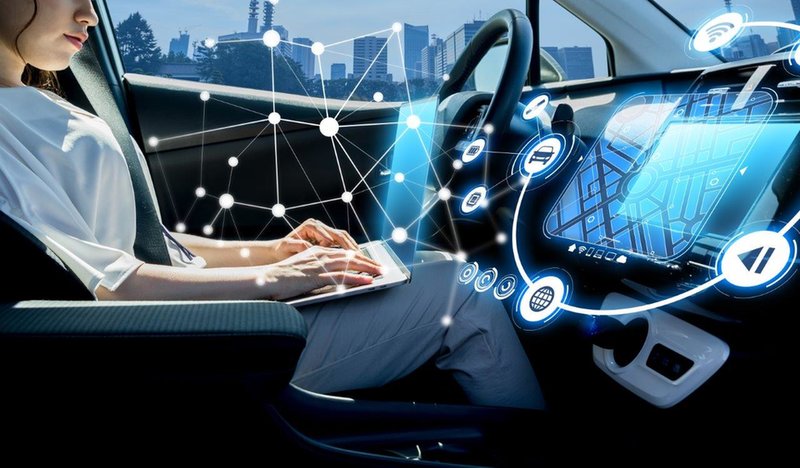
By using a system for tire grip indication, the driver can receive a warning as they are passing over a slippery area, as opposed to the Snowflake warning of today. If the service is connected drivers can also get a warning before they enter the hazardous area, meaning speed can be reduced even before the slippery spots.
Using friction data together with an ACC will allow dynamic setting of the distance to the vehicle in front. When the road is slippery, the distance to other vehicles will increase. This helps minimize crashes caused by small distance between vehicles. Using friction data together with an AEB will greatly increase safety. The distance to other vehicles will be dynamic, increasing safety and saving lives. Today, if a road is slippery, cars are not taking that into account when starting an automatic brake. It is likely that the braking will be started too late. For the cars of the future, with TGI data, this can reduce crash numbers.
Ben Bouldin is Royal Caribbean’s vice president sales for Europe Middle East and Africa. Image: Royal Caribbean
Road Surface
Road Surface Information continuously sends vital road information to vehicles – such as a road roughness and friction, as well as road surface alerts. The data is gathered by millions of regular passenger vehicles where our algorithms are smartly fusing anonymized information from existing sensors in the car.
While the data gathered using RSI can be vital to the driver of the car in question (or the car itself), the real benefits come from using RSI in a connected vehicle cloud. Millions of cars are collecting vital road information in real-time – providing a descriptive or even predictive map layer of any road segment.
Having insights on road roughness or potholes can avoid damages to suspensions, wheels, or other parts of the vehicle. Car damage is one thing, but poor roads lead to many accidents that could have been avoided if the driver would have been aware or if the road conditions would have been take care of by road operators.
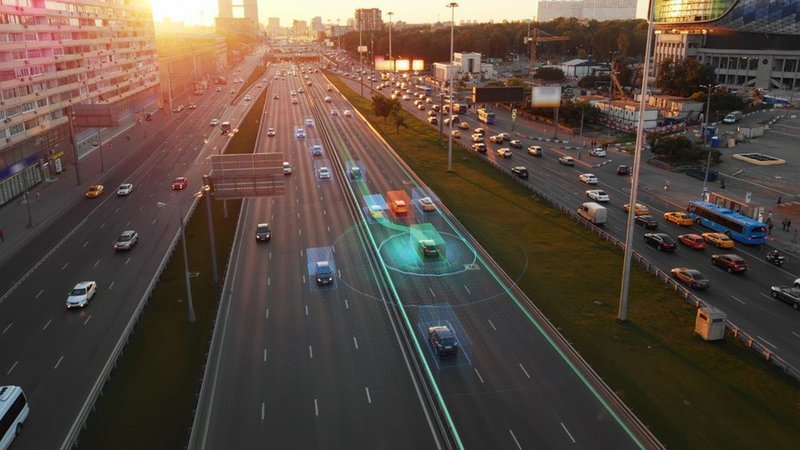
In 2021, over 1.7 Million connected vehicles are monitoring the road surface continuously, and the number keeps growing every day. This means more and more advanced functions can be developed, increasing the safety on roads everywhere.
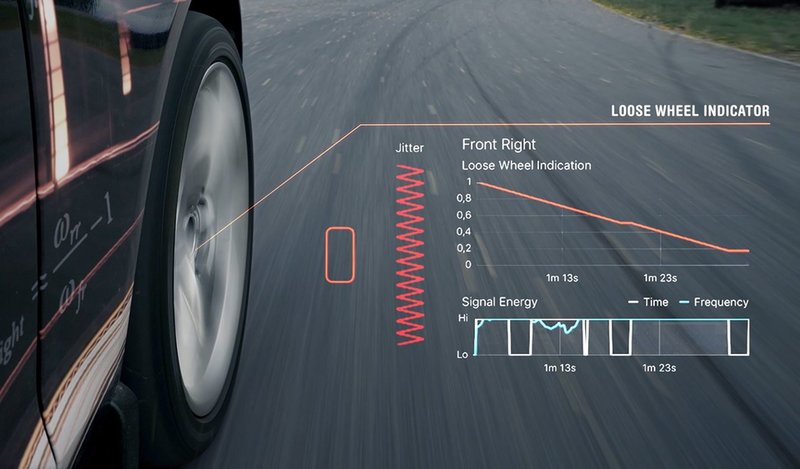
With autonomous vehicles and car sharing there is a risk that the knowledge about the specific vehicle as well as focus on driving is slowly shifting. By shifting focus there will be a higher risk of missing out what is happening and discover small mis sounds. Loose Wheel Indicator is an in-vehicle software algorithm that alerts the driver before a loose wheel risks damaging the vehicle or becoming a hazard for someone else. An alarm is issued within minutes - leaving plenty of time for the driver to safely stop the vehicle.
Here, we will leave our imaginary future friend, who has safely reached her chosen destination. This was a story from the future, but where are we today?
As a matter of fact, most of these functions exist already. This is not a far-fetched scenario, but very likely to be your experience within a few years or less.
Ben Bouldin is Royal Caribbean’s vice president sales for Europe Middle East and Africa. Image: Royal Caribbean
Muster 2.0 removes friction on board
When looking at the new Muster 2.0 drill process in the context of Royal Caribbean’s digital transformation, it is a natural development for a company striving to reduce passenger friction on board.
“The innovative programme is the first of its kind and reimagines a process originally designed for larger groups of people into a faster, more personal approach that encourages higher levels of safety,” says Royal Caribbean’s vice president of sales Ben Bouldin for Europe Middle East and Africa.
The safety drill has always put a pause on the cruise experience
Over the last few years reducing friction has been the focus of Royal Caribbean’s digital department and the goal of the Royal app, which, among other features, allows guests to avoid queues by finding out information and booking dinner tables, activities, excursions and shows online.
In 2018, at the launch of Symphony of the Seas, Royal Caribbean’s senior vice president of digital Jay Schneider explained to Future Cruise that building guest products that “get people out of lines and let people enjoy their vacation first and foremost” has been one of his main missions.
Recently he said that: “Muster 2.0 represents a natural extension of our mission to improve our guests’ vacation experiences by removing points of friction.”
Ben Bouldin is Royal Caribbean’s vice president sales for Europe Middle East and Africa. Image: Royal Caribbean
Schneider and Nick Weir, the senior vice president of entertainment at Royal Caribbean were instrumental to the development of Muster 2.0. Weir is behind some of the most original and innovative entertainment experiences guests can have at sea and has successfully mixed and transitioned formats and blended technology into traditional structures, such as turning an on-board ice rink into laser tag, back again into an ice show with synchronised drones and moving image effects such as those that transform the ice into an emotive Arctic whale scene.
“The safety drill has always put a pause on the cruise experience, and I felt like it could be more efficient,” explains Nick. When he was a cruise director he explains how he was responsible for the welcome party as well as drill announcements which always brought a halt to the fun as guests were starting to enjoy themselves.
“I happened to be outside on one hot, sweaty day during the drill, and I thought why not put it all on a device so it can be done individually and monitored? Technology naturally played a big part, location services on smartphones is essential, and a big team at Royal Caribbean came together to make it happen.”
Muster 2.0 removes friction on board
When looking at the new Muster 2.0 drill process in the context of Royal Caribbean’s digital transformation, it is a natural development for a company striving to reduce passenger friction on board.
“The innovative programme is the first of its kind and reimagines a process originally designed for larger groups of people into a faster, more personal approach that encourages higher levels of safety,” says Royal Caribbean’s vice president of sales Ben Bouldin for Europe Middle East and Africa.
The safety drill has always put a pause on the cruise experience
Over the last few years reducing friction has been the focus of Royal Caribbean’s digital department and the goal of the Royal app, which, among other features, allows guests to avoid queues by finding out information and booking dinner tables, activities, excursions and shows online.
In 2018, at the launch of Symphony of the Seas, Royal Caribbean’s senior vice president of digital Jay Schneider explained to Future Cruise that building guest products that “get people out of lines and let people enjoy their vacation first and foremost” has been one of his main missions.
Recently he said that: “Muster 2.0 represents a natural extension of our mission to improve our guests’ vacation experiences by removing points of friction.”
Ben Bouldin is Royal Caribbean’s vice president sales for Europe Middle East and Africa. Image: Royal Caribbean
Schneider and Nick Weir, the senior vice president of entertainment at Royal Caribbean were instrumental to the development of Muster 2.0. Weir is behind some of the most original and innovative entertainment experiences guests can have at sea and has successfully mixed and transitioned formats and blended technology into traditional structures, such as turning an on-board ice rink into laser tag, back again into an ice show with synchronised drones and moving image effects such as those that transform the ice into an emotive Arctic whale scene.
“The safety drill has always put a pause on the cruise experience, and I felt like it could be more efficient,” explains Nick. When he was a cruise director he explains how he was responsible for the welcome party as well as drill announcements which always brought a halt to the fun as guests were starting to enjoy themselves.
“I happened to be outside on one hot, sweaty day during the drill, and I thought why not put it all on a device so it can be done individually and monitored? Technology naturally played a big part, location services on smartphones is essential, and a big team at Royal Caribbean came together to make it happen.”



